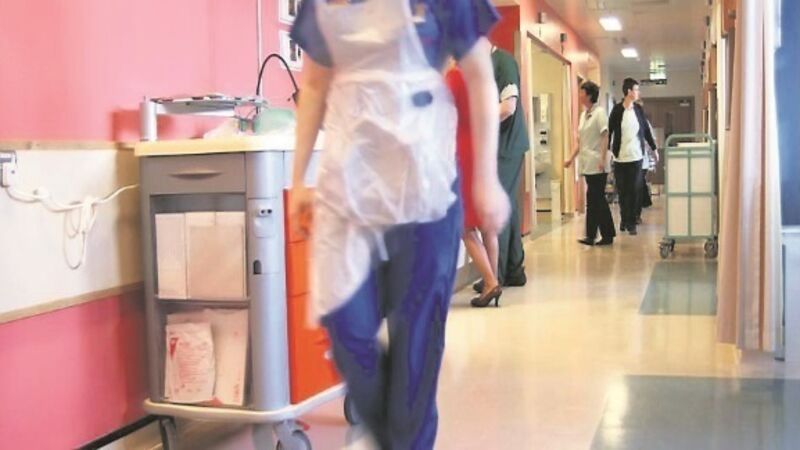Concern over emergency services policy-making

The study, ‘Perspectives on the underlying drivers of urgent and emergency care configuration in Ireland’, has been published in the International Journal of Health Planning Management and has also been posted to all Dáil deputies.
Its seven authors are drawn from the Department of Epidemiology and Public Health at University College Cork and the Department of Public Health at St Finbarr’s Hospital in Cork.












